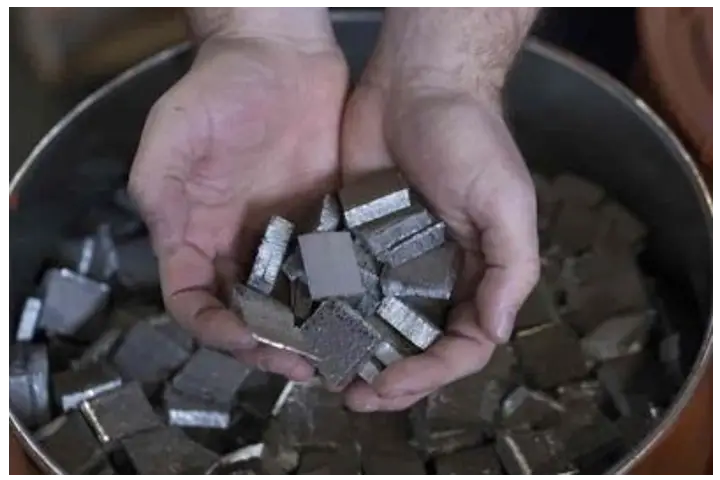

India must focus on attaining self sufficiency in producing rare earth
India, with increased focus on electric vehicles, needs to rapidly develop its own value chain of rare earth elements (REE). India has the world’s fifth largest rare earth reserves but it has been primarily relying on imports of these crucial minerals from China. Demand for rare earth, which contributes a total value of about $200 billion to the Indian economy, has surged with use of technology. Daily use items such as smartphones, computer memory, rechargeable batteries, magnets, fluorescent lighting among other things require rare earth components.
Developing a well carved out REE value chain for upstream as well as downstream processes is key and in sync with Prime Minister Narendra Modi’s Atmanirbhar Bharat programme.
Amid surge in demand for REE, China has carefully developed a powerful monopoly on the global market. However, to prevent China from wielding too much geopolitical power in rare earth trading, it’s becoming crucial to find alternative sources, an Oilprice report published last week noted. China’s continued stringent Covid policy leading to regional shutdowns and supply chain disruptions have also caused worries the world over.
Several Australian rare earth mining majors are now looking at India.
“We’re collaborating on the mining and processing of critical minerals – like cobalt and lithium and rare earth elements – that are vital to clean energy technologies, and have military applications. – former Australian Prime Minister Scott Morrison said at the Bengaluru Tech Summit 2021. Australia has the sixth largest rare earth reserves.
“After semiconductors, India should now look at rare earth mining..several multinationals have started holding preliminary talks but we need to expedite the process. We must act now as developing this segment will take time,” the person told India Narrative.
REE comprise a group of 17 chemical elements. While they are all metals, these elements are mostly found together.
But since these elements tend to be dispersed and mixed in with other elements, the extraction and separation of these is expensive and difficult. It is also fraught with environmental risks.
Anirudh Kanisetti, Associate Fellow at the Takshashila Institution in an article published by Business Insider India noted that the country’s rare earth reserves and the post-pandemic economic situation offer it an opportunity to ride the next wave towards high-tech manufacturing. “It must be sure not to miss this chance,” Kanisetti said.
Also read: PM hails Vedanta-Foxconn pact to set up Rs 1.54 lakh crore chip making plant in Gujarat
India is emerging as a strong growth market for steel, standing out as the only…
External Affairs Ministry Spokesperson Randhir Jaiswal on Thursday has reiterated India's stance on bilateral discussions…
India implemented a new visa module for Afghan nationals on April 29, Ministry of External…
India is in touch with Iranian authorities for locating three Indian nationals who went missing…
A citywide closure occurred throughout the Awaran district in Balochistan on Wednesday, with shops, businesses,…
The Czech Republic's government has officially linked a malicious cyberattack on its Ministry of Foreign…